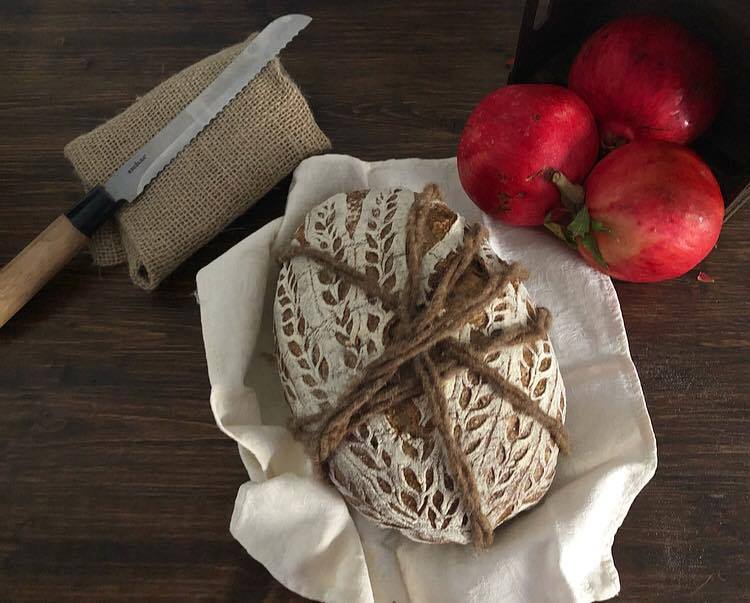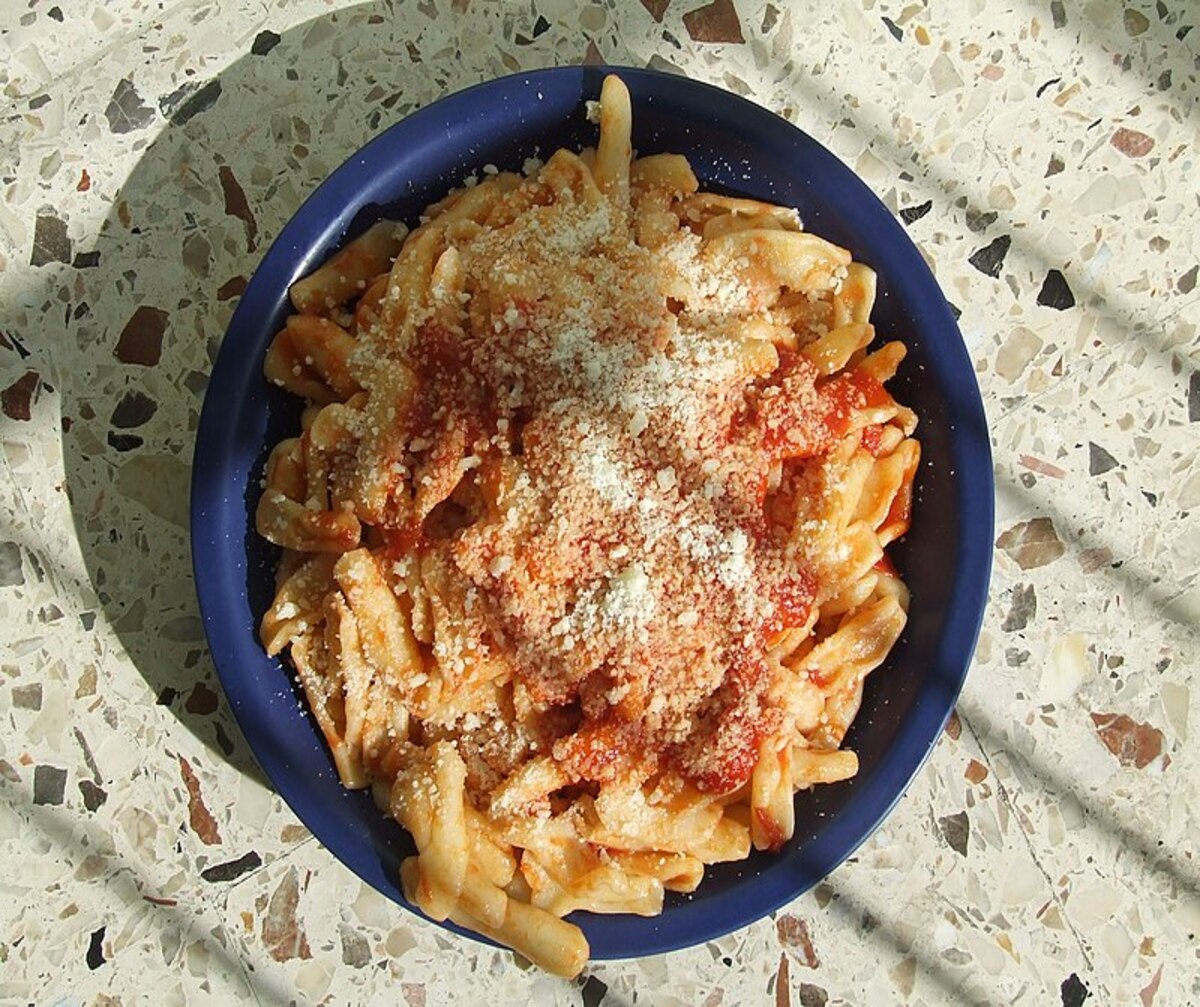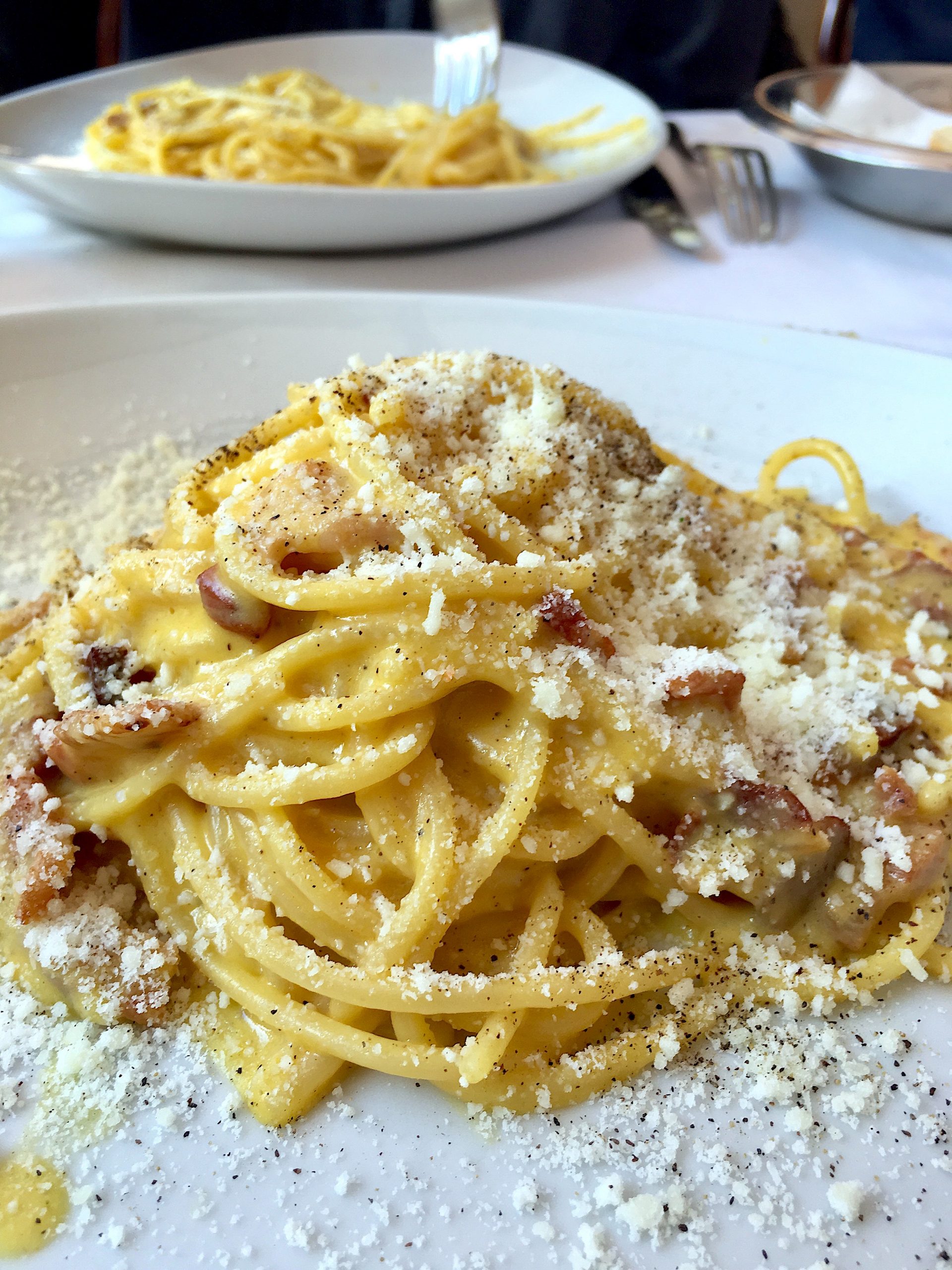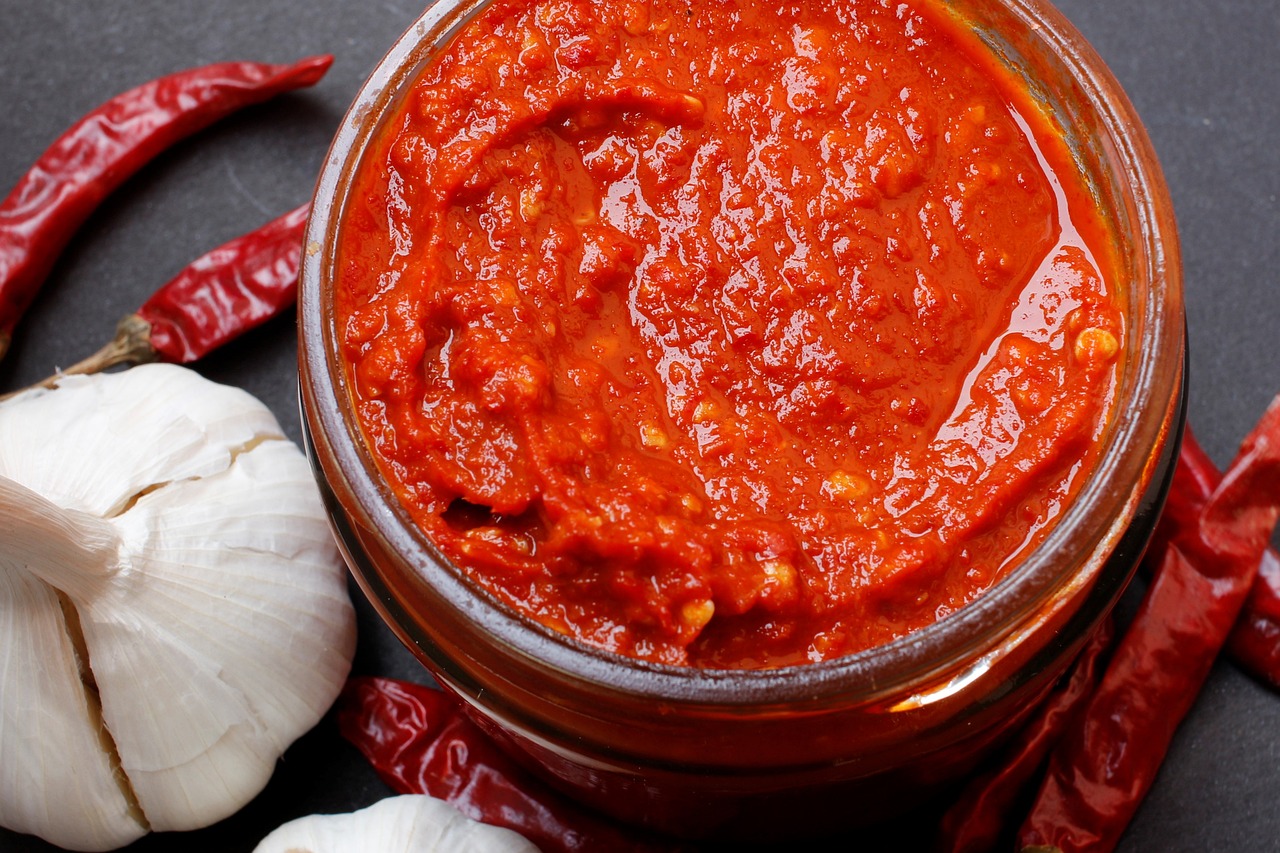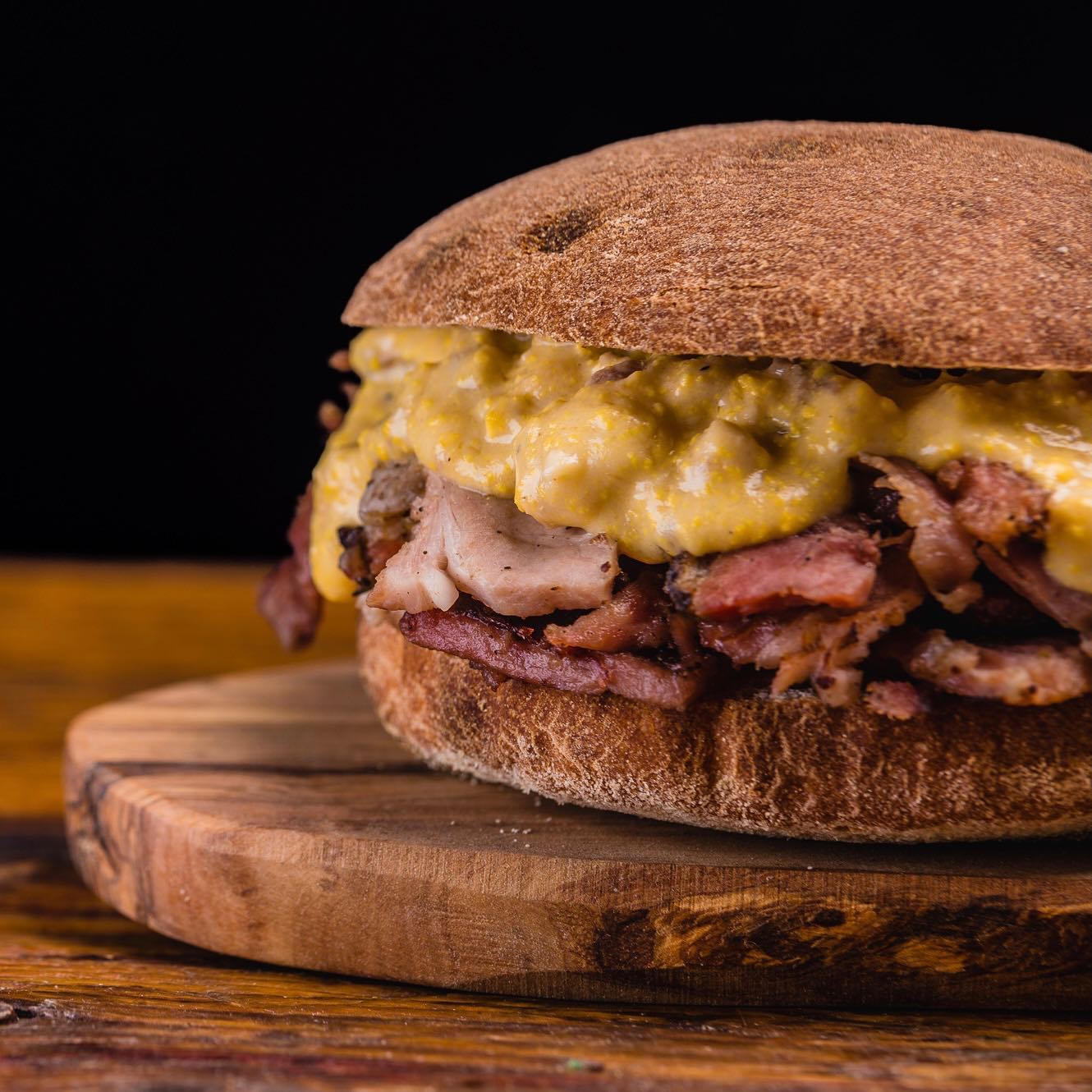This bread comes from the need to recreate, as close as possible, that famous bread called “ancient bread”. Here in my part, in Calabria, is a bread with a mix of flour and cereals with a home-like, dark look and an intense aroma reminiscent of bread once cooked in a wood oven.
Tempo di realizzazione: 30 ore circa
Grado di difficoltà (da 1 a 5): 3
Cestino: 25 cm 8,5 h
Construction time: about 30 hours
Degree of difficulty (from 1 to 5): 3
Basket: 25 cm 8.5 h
Ingredients:
150 g strong flour
230 g flour for pizza with cereals
120 g multigrain flour
380 g of water
60 g liquid mother yeast
10 g salt
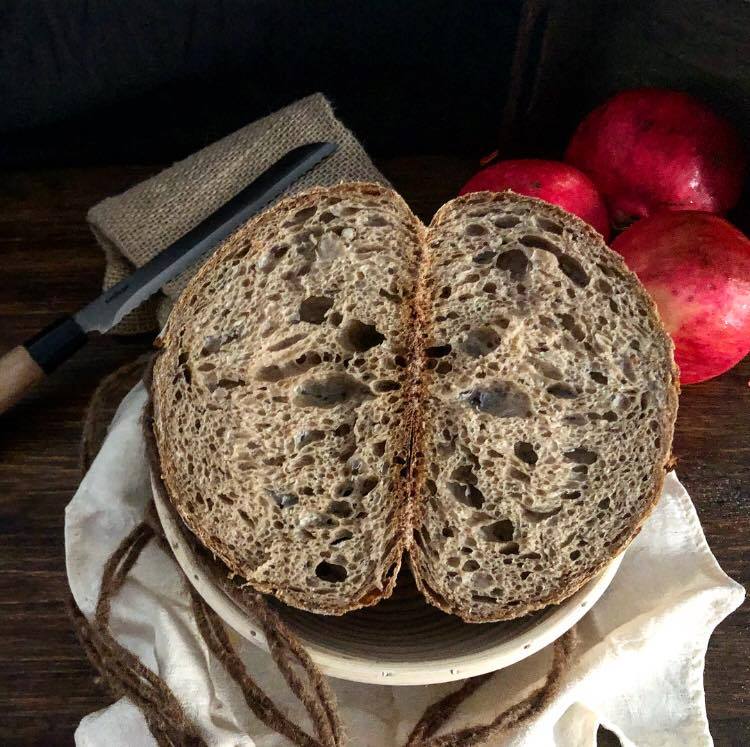
Procedure for making Multigrain Bread
Here I am today I propose this bread made with yeast in liquid culture, Li.Co.Li. The word Li.Co.Li stands for 3 words: Li = Yeast, Co = culture, LI = Liquid.
In fact, Licoli starts from a spontaneous leavening of water + flour in equal parts (50 and 50). On the web there are many recipes to make it at home.
For those who want to use compressed yeast instead of sourdough in liquid culture, it is sufficient, in this case, to mix 50 g of flour 50 g of water and 5 g of compressed yeast (obtaining what in the jargon is called poolish) and wait for the its doubling with a small central failure.
After this premise, let’s move on to the procedure.
Mix all the flour by hand with 360 g of water for a few minutes, the time to have moistened all the flour (a very raw mixture that in jargon is called autolysis) and refrigerate for 2 hours. Once the time has elapsed, add the licoli or the poolish to the autolytic mixture taken from the fridge, let it absorb and proceed with the insertion of the remaining water, little by little, and finally the salt.
Let the dough rest for half an hour. Roll (spread on a damp surface the dough almost like a veil forming a rectangle) at this point make a slight three fold by taking the right flap and bringing it towards the center, do the same thing for the left flap overlapping to the previous one, we will obtain a narrower rectangle that was formed by the overlapping of the two previous flaps.
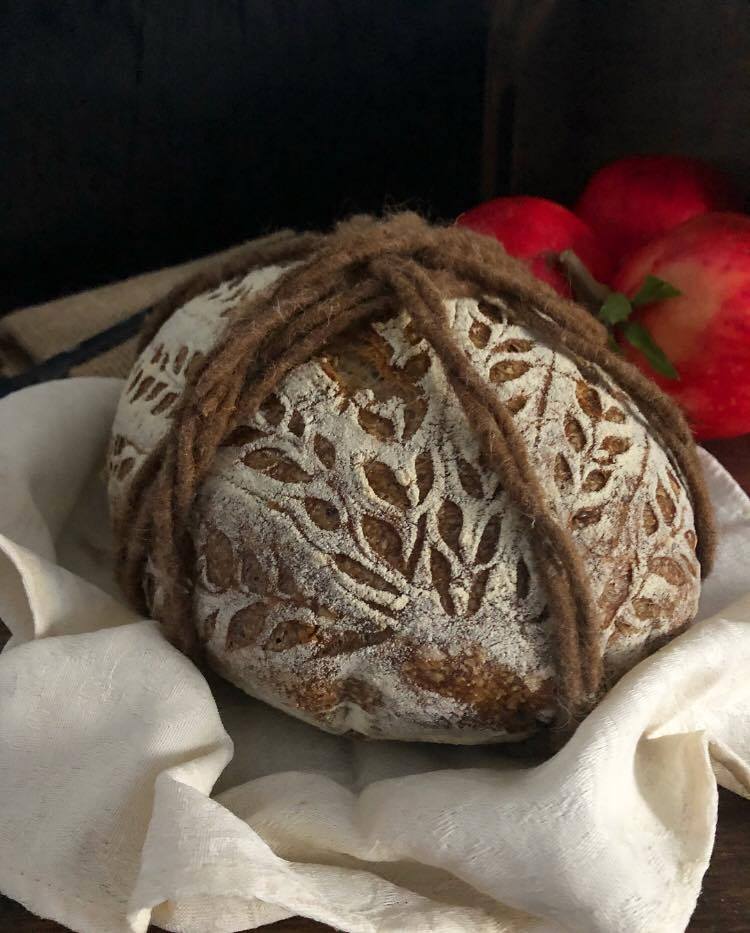
Now repeat the same thing with the lower and upper flaps, turn the dough over so that you have the smooth side without folds and put it in a oiled bowl with high edges and with a marker marks the beginning. After 1 hour make a first fold in the bowl (take the edges of the dough and bring them to the center) and after 45 minutes another. Wait for the dough to start growing and refrigerate at 4 ° C for about 8 hours. (In the case of compressed yeast pay attention to doubling it may take less hours).
Pull out of the fridge and let it finish doubling if it is not doubled. Once doubled, form the bread and place it in the appropriate basket. Refrigerate at 4 ° C for about 9-10 hours. (Also in this case if you used compressed yeast the times will be lower).
Cooking
Heat the oven and proceed with the baking of the bread taking it directly from the fridge with a cooking downhill or in pot or on refractory stone.
For firing on refractory stone
In addition to inserting in the oven the stone that must be very hot, insert a small pot with water in the lower part of the oven to create steam for the first few minutes.
Then proceed with:
- 15 minutes at 250 ° C with steam
- 15 minutes at 225 ° C without steam
- then remove the saucepan from the oven
- 10 minutes at 180 ° C
- 15 minutes at 170 ° C without steam
- 10-15 minutes at 150 ° C ventilated mode and half-open door to dry the bread well
For cooking in a pot
You do not need the steam, let’s also in this case the pot inside the oven when we’re going to preheat it will have to be pretty hot when we put the bread and proceed with:
- 20 minutes with lid at 250 ° C
- 15 minutes without lid at 225 ° C
- 10 minutes at 180 ° C
- 15 minutes at 170 ° C
Finally, to dry it, we take it out of the pot and place it on the oven grill for another 10-15 minutes at 150 ° C ventilated mode with a semi-open door.
The recipe was created by Annalisa Malara.

